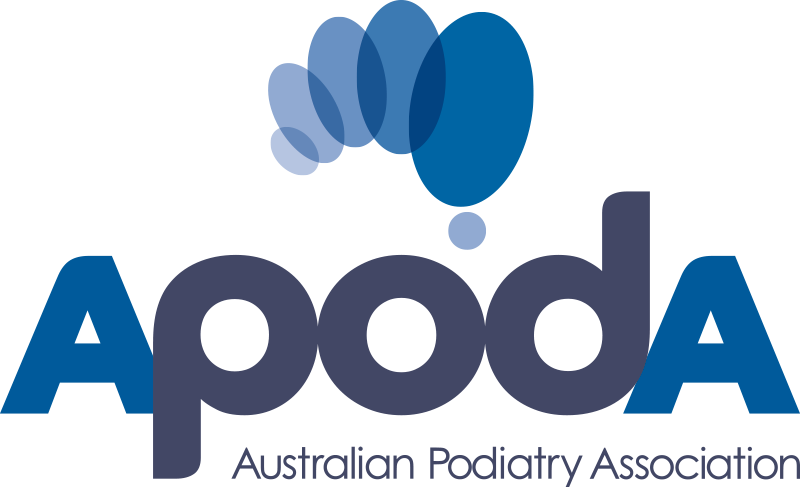Types of technology
Here are some options that you may be very familiar with, mixed in with other examples that may not yet be on your radar.
Ultrasound
Most of us have used ultrasound for treating musculoskeletal injuries and Doppler ultrasound for vascular assessment, but more recently podiatrists are using diagnostic ultrasound. There are a number of products available now which make this an affordable option in private practice. You may already be familiar with increasingly capable devices where the whole machine sits inside the handpiece and sophisticated software can help with image processing and interpretation.
Laser
Broadly speaking, there are two main applications for lasers in podiatry. The first is to treat musculoskeletal problems, where the goal is pain relief as well as settling inflammation and promoting healing. This may include trigger point therapy as just one example we would be familiar with as podiatrists. The second type of laser application involves using energy to burn, cut or otherwise damage tissues or organisms. Examples in this latter group include the treatment of verrucae or onychomycosis. More powerful lasers require licensing of practitioners before use.
Extracorporeal Shock Wave Therapy (ESWT)
This is no longer really ‘new technology’ since it’s been around for almost 40 years. But the use of ESWT has proliferated because of the treatment of various soft tissue pathologies in recent years. As with all clinical technology, best results are obtained by carefully screening patients to ensure that they are suitable candidates for this type of treatment.
Microwave therapy
This relatively new technology can be used in the treatment of warts. It heats the tissue (rather than burning it) and there are many benefits. These include a good success rate and short treatment times with no need for the patient to do anything in between treatments – and no wounds to look after.
Gait analysis
Here we can use video, pressure sensors and other methods to assess gait and movement. This can be as large as a treadmill with multiple videos, or as small as an in-shoe pressure plate. Increasingly, there is also wearable equipment and sensors available which can be used outside the practice and during the patient’s real-world activities and sport.
3D scanning
For the most part, our profession has embraced 3D scanning of the feet and legs, rather than the use of plaster and foam box casting. These scans consist of a topographical surface map of the structure, and in some cases can be overlaid with a photo, which can show surface features of interest. Scans can be sent to the lab over the internet – something which is hard to do with a plaster cast!
Orthotic manufacture
Practitioners can manufacture orthoses on-site using milling or printing machinery. Milling refers to removing material from a block of Ethylene Vinyl Acetate (EVA) for example, in order to produce an orthosis. Whereas 3D printing is an additive process, in that you start with nothing and add material until you have a finished product. Milling machines have been around for a long time, but 3D printing is an emerging area, which has huge potential as machines get cheaper and faster.


